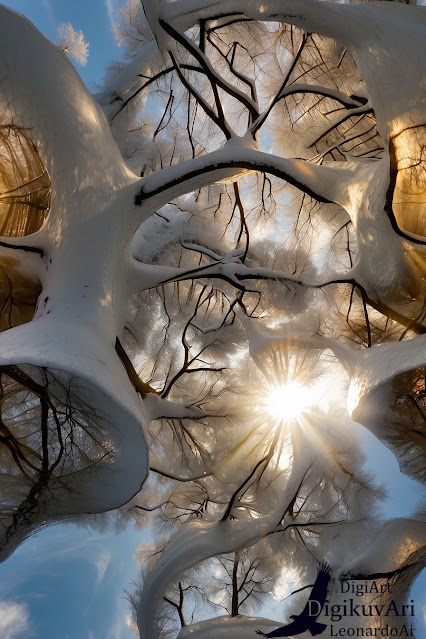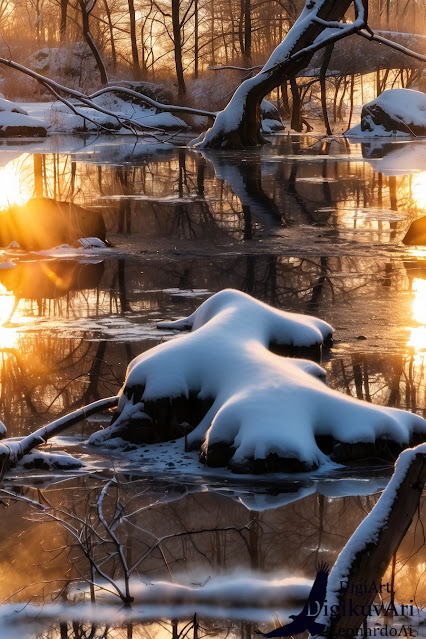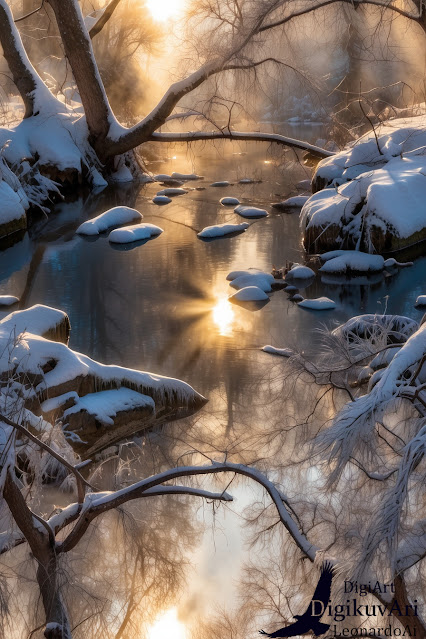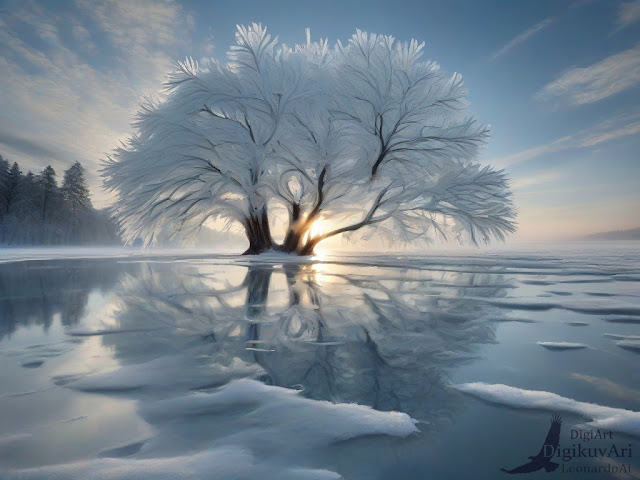It feels like a new AI image generator pops up every week, doesn't it? They're multiplying faster than mushrooms after a spring rain! With so many options, how do you even begin to tell them apart, especially when they all claim hyper-realism and stunning detail?
We put three different generators to a quick, real-world test using a highly detailed, non-technical prompt designed to challenge their rendering capabilities. Our prompt described a beautiful, complex scene:
"A 16:9 image of a serene and richly detailed enchanted forest glade at dawn. In the foreground, a single, dew-kissed spiderweb is intricately woven between blades of grass, each water droplet refracting the soft, golden light. A delicate, translucent butterfly with iridescent wings rests gently on a vibrant, velvet-textured moss patch. In the mid-ground, ancient, gnarled tree trunks with highly detailed bark textures recede into a gentle, volumetric mist, through which subtle 'god rays' of sunlight pierce, illuminating floating dust motes. Scattered on the forest floor are a variety of intricately detailed wildflowers with soft, natural color gradients, and a few smooth, reflective pebbles partially submerged in a crystal-clear stream that gently meanders through the scene, showing subtle refractions and reflections. The background features a dense canopy of diverse leaves, some catching direct light, others in deep shadow, creating complex patterns of light and shade. The overall lighting is soft, diffused, and warm, with a high dynamic range that captures both the bright highlights of the sunbeams and the deep, nuanced shadows of the forest floor, ensuring no harsh contrasts. The scene should evoke a feeling of tranquility, intricate natural beauty, and subtle magic, rendered with extreme realism and meticulous attention to every minute detail and texture."
Here's what we observed from the first, uncurated result from each:





















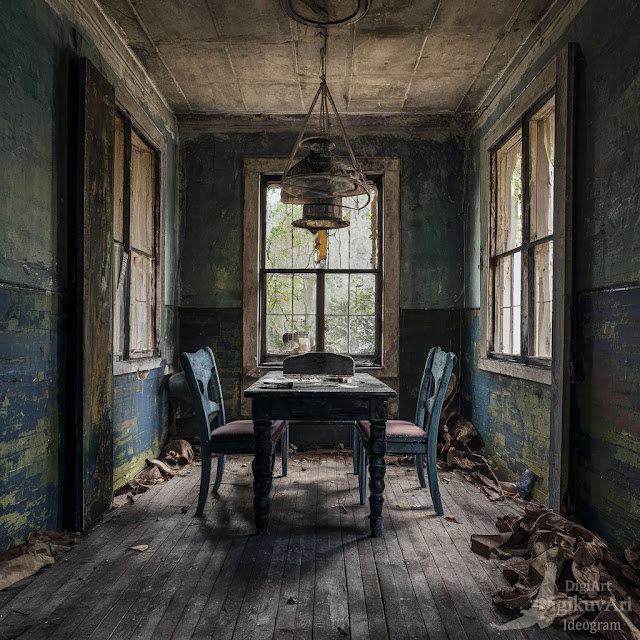











.png)
.jpg)

















